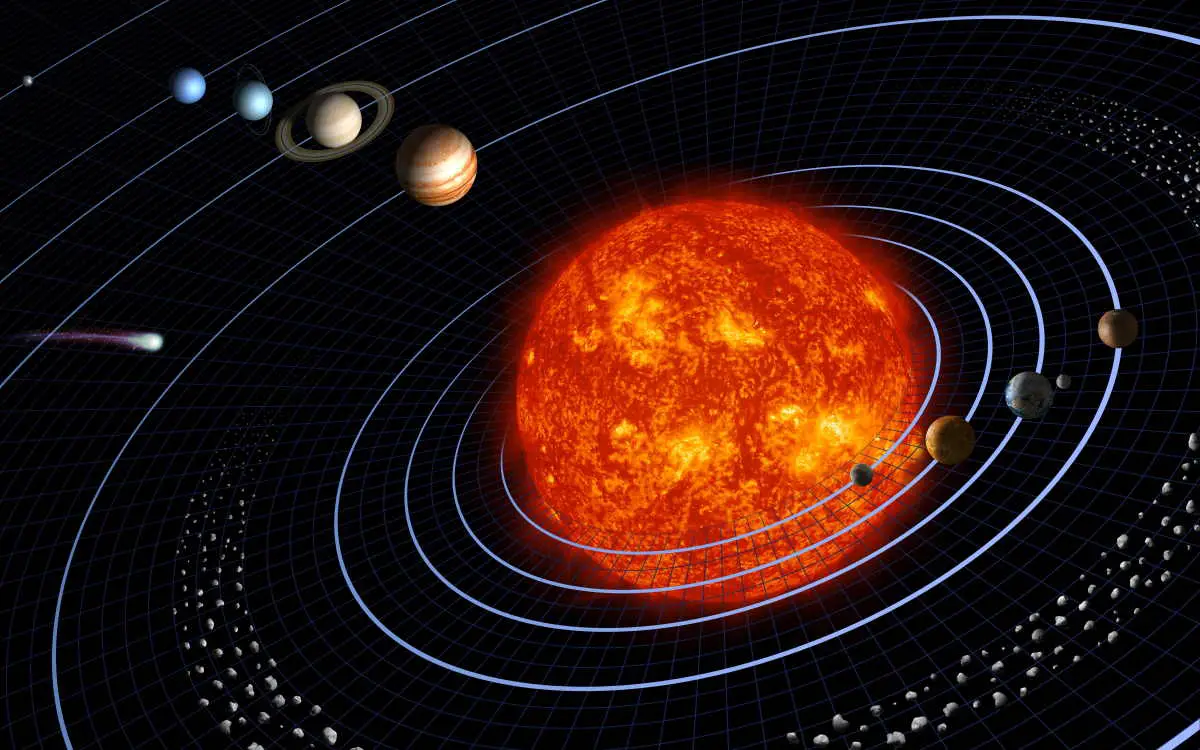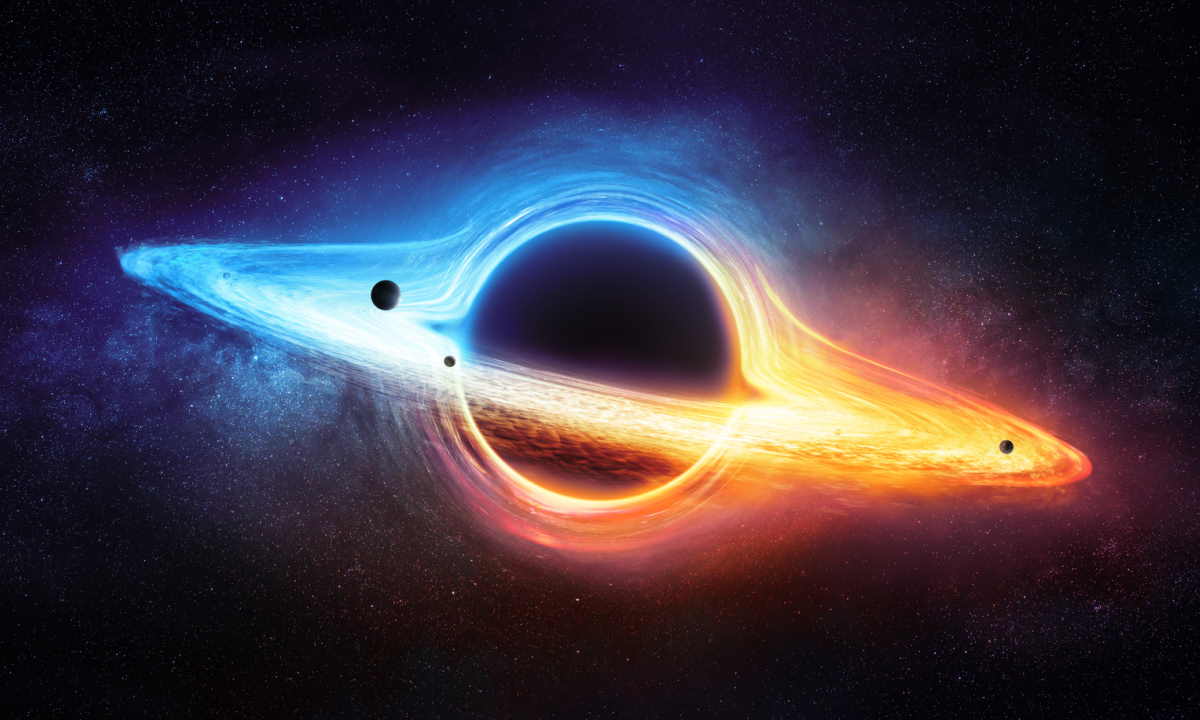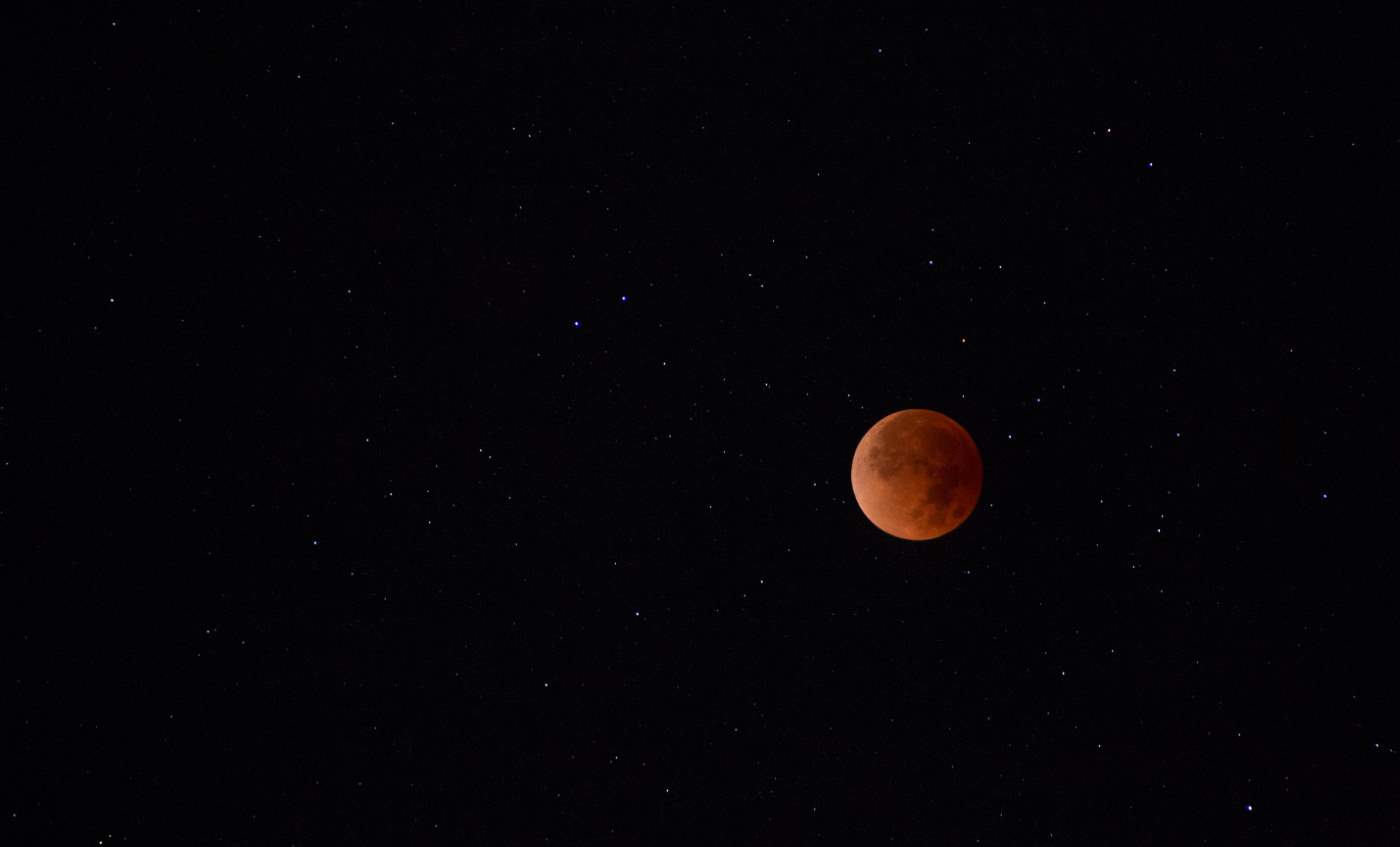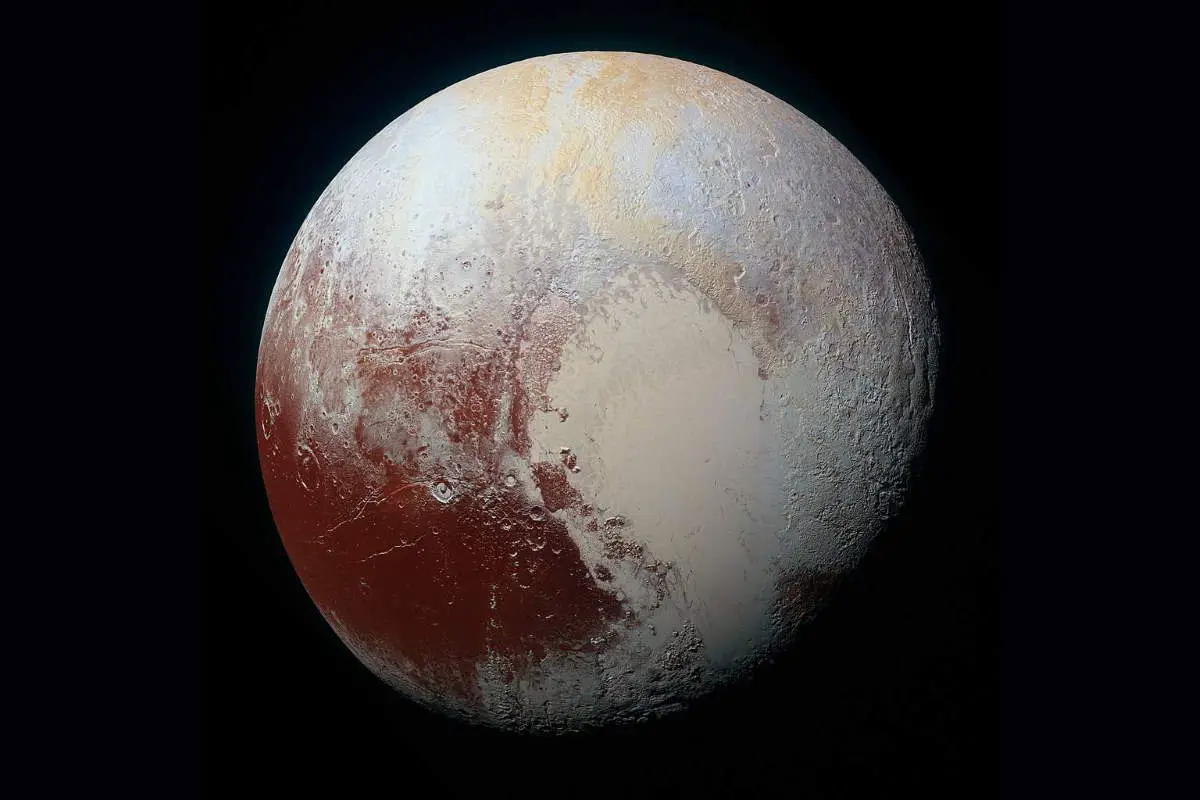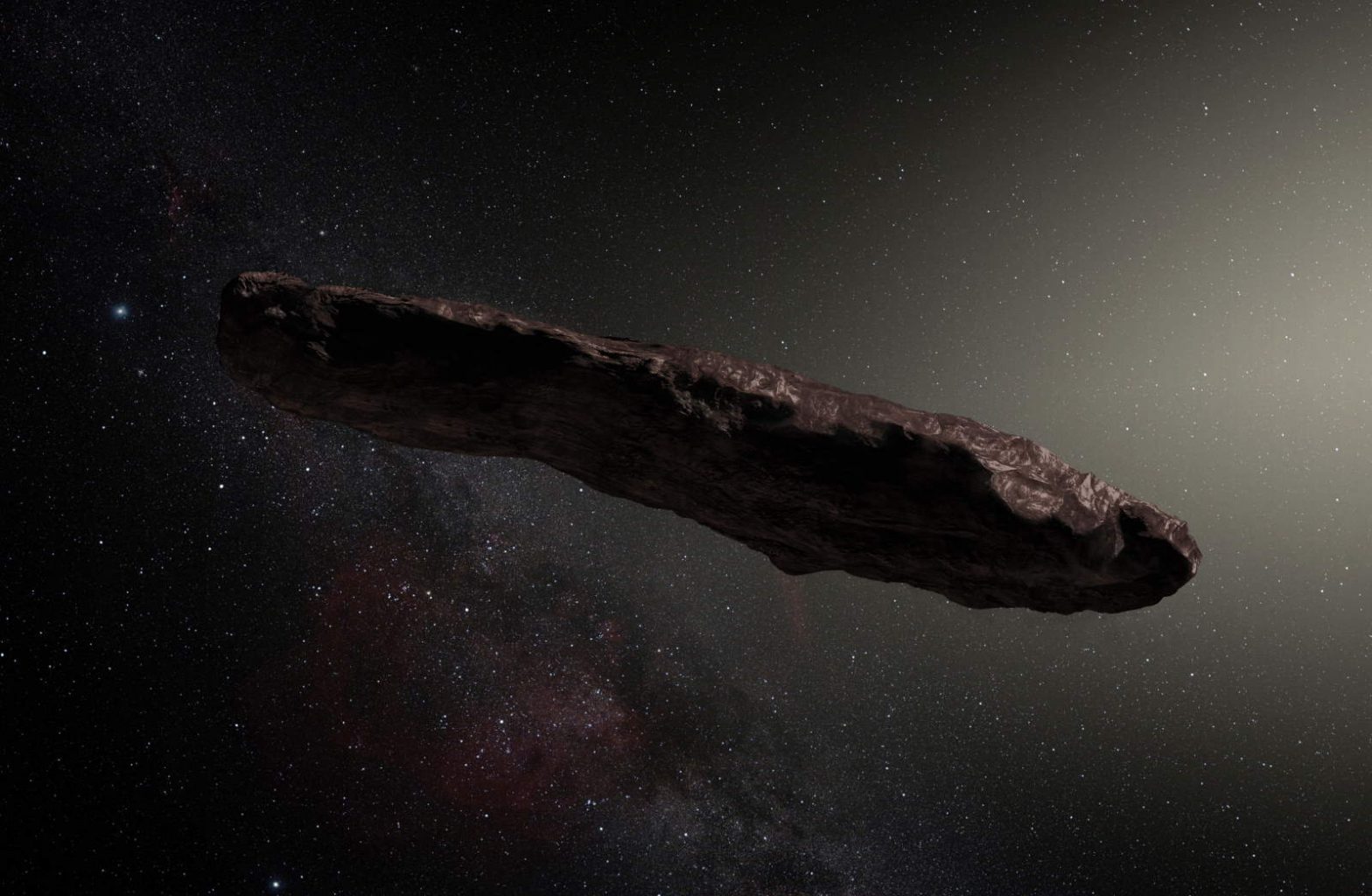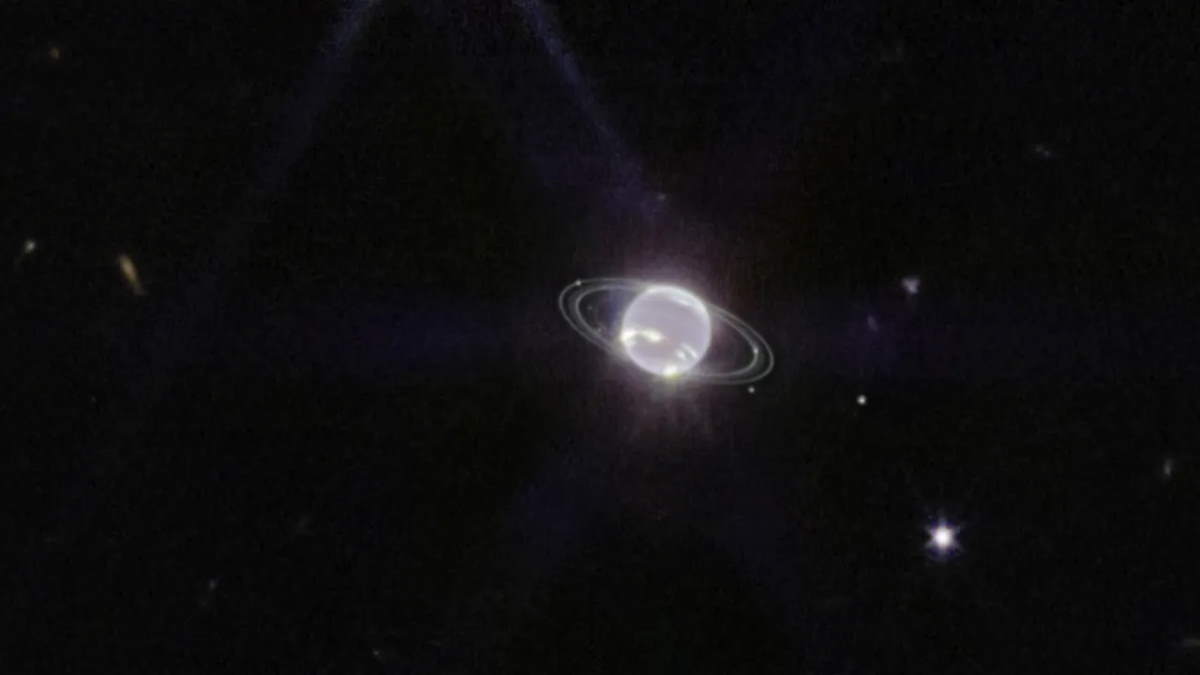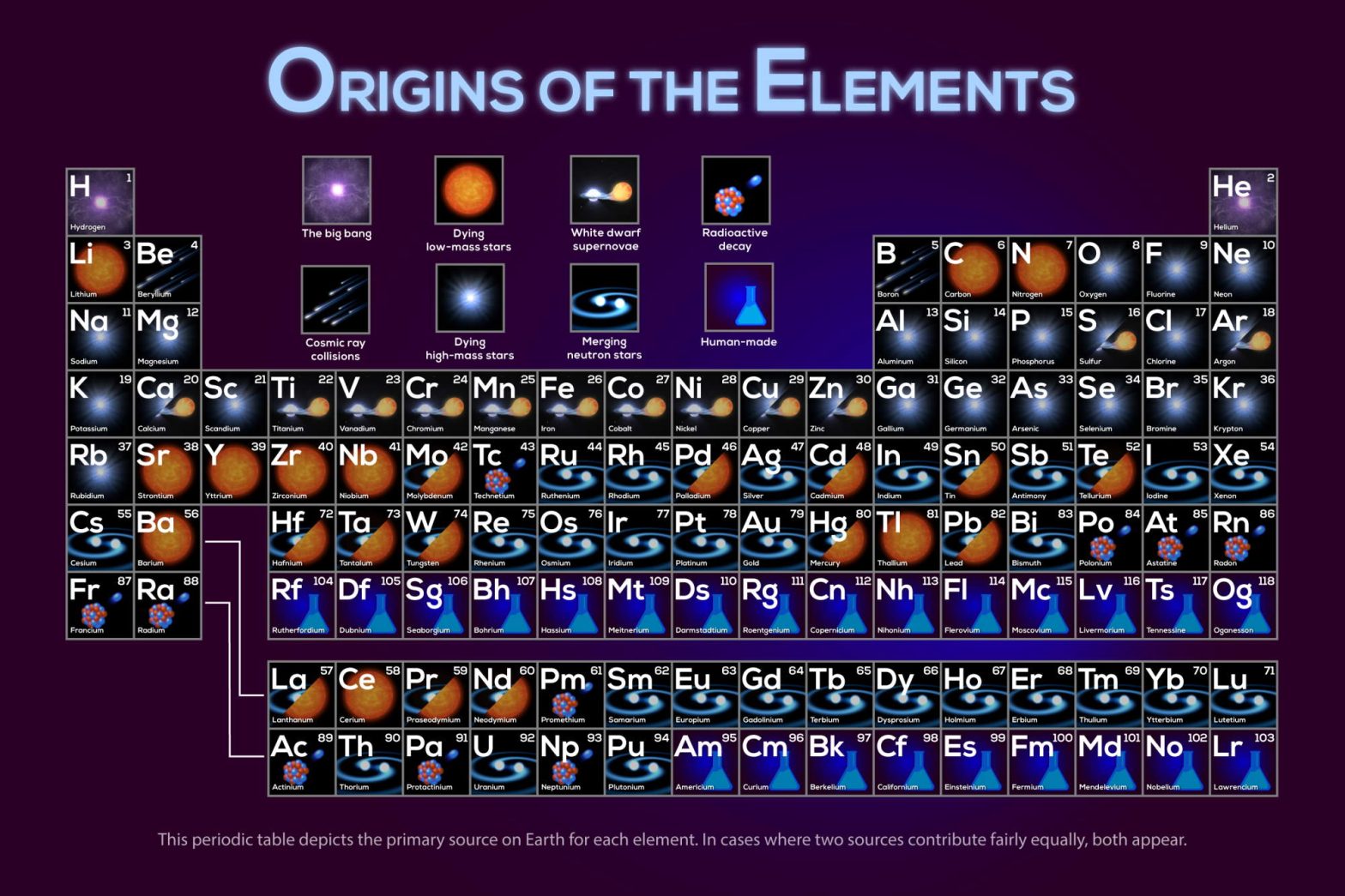Yes, the sun rotates on its axis. The sun is a giant ball of gas and plasma, and like most objects in space, it rotates. The sun takes about 25-35 days to complete one rotation on its axis, depending on the latitude. This rotation also plays a role in the creation of the sun’s magnetic field, which in turn drives phenomena such as solar flares and sunspots.
Does the Sun rotate?
